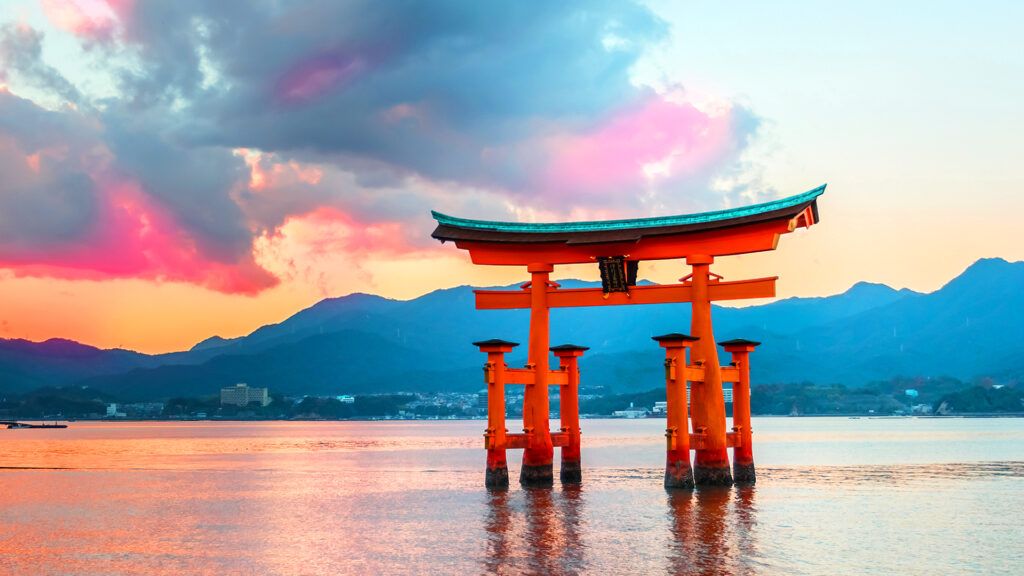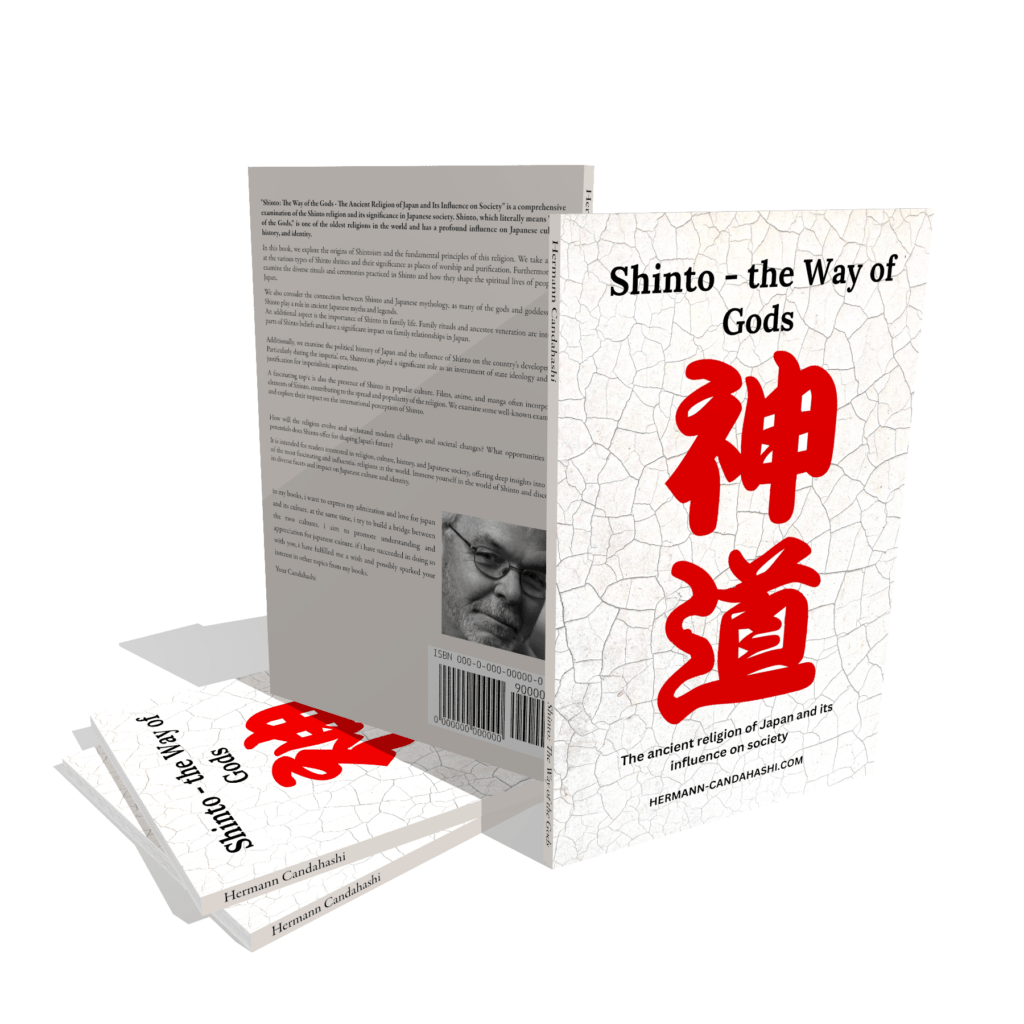
In the mystical and enchanting land of Japan, a unique and ancient belief system thrives. Shinto, often referred to as “The Way of Gods,” is a spiritual and religious practice deeply ingrained in Japanese culture. With its roots dating back thousands of years, Shinto offers a fascinating glimpse into the customs, traditions, and worldview of the Japanese people. In this SEO-optimized long-form article, we will explore the essence of Shinto, its key beliefs, rituals, and its significance in contemporary Japan.
The Origins of Shinto
Shinto, meaning “the way of the gods,” is an indigenous religious system that originated in Japan. While the exact origins of Shinto are shrouded in antiquity, its foundations can be traced back to prehistoric times when ancient Japanese societies revered nature and natural phenomena. The reverence for mountains, rivers, trees, and rocks gradually evolved into the worship of divine spirits known as kami, forming the basis of Shinto beliefs.
Fundamental Beliefs
At the core of Shinto lies the belief in the existence of kami, supernatural entities that can be found in various forms throughout nature. Kami are not necessarily omnipotent or omniscient deities but rather embody the essence and power of natural elements. Shinto emphasizes the harmony between humans and nature, promoting a deep respect for the environment and a harmonious coexistence with all living beings.
Rituals and Practices
Shinto rituals play a vital role in connecting individuals with the kami and fostering a sense of community. These rituals often take place at Shinto shrines, which are sacred spaces dedicated to the worship of kami. Purification ceremonies, prayers, and offerings are common practices within Shinto. Torii gates, iconic red gateways, mark the entrances to these shrines, symbolizing the transition from the mundane world to the sacred realm.
Shinto Festivals
Shinto festivals, known as matsuri, are vibrant and joyous celebrations that occur throughout the year. These festivals serve as an opportunity for communities to come together and express their gratitude to the kami for blessings received. Participants engage in lively processions, traditional dances, and music performances. Fireworks, decorative floats, and intricate costumes contribute to the festive atmosphere, making Shinto festivals a visual spectacle.
Shinto and Japanese Culture
Shinto’s influence on Japanese culture is profound and far-reaching. From birth to death, Shinto rituals are an integral part of significant life events in Japan. Traditional weddings, coming-of-age ceremonies, and memorial services often incorporate Shinto practices. Furthermore, many aspects of Japanese art, literature, and architecture are inspired by Shinto beliefs and symbolism, reflecting the deep intertwining of religion and culture.
Shinto in Modern Japan
Despite Japan’s modernization and the introduction of other religions, Shinto continues to hold a significant place in the hearts and minds of the Japanese people. Shinto shrines are visited regularly by individuals seeking blessings, guidance, and solace. Additionally, Shinto values of respect, harmony, and appreciation for nature continue to shape Japan’s society and environmental consciousness.
Conclusion
Shinto, the ancient spiritual path of Japan, offers a glimpse into a world where gods dwell in nature and humans live in harmony with the divine. Rooted in reverence for the natural world and the worship of kami, Shinto permeates every aspect of Japanese culture and society. Its rituals,

for more information about Shintoisms read my book
“shinto: the way of the gods – the ancient religion of japan and its influence on society” is a comprehensive examination of the shinto religion and its significance in japanese society. shinto, which literally means “way of the gods,” is one of the oldest religions in the world and has a profound influence on japanese culture, history, and identity.
in this book, we explore the origins of shintoism and the fundamental principles of this religion.
an additional aspect is the importance of shinto in family life. family rituals and ancestor veneration are integral parts of shinto beliefs and have a significant impact on family relationships in japan.
furthermore, we shed light on the influence of shinto on japanese art. whether it is painting, architecture, theater, or music, shintoism has greatly shaped the artistic expressions of japan…



